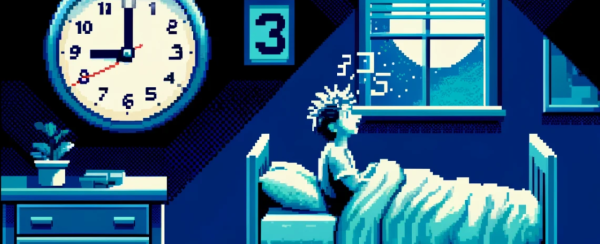by Dennis Crouch
The Supreme Court has denied Vanda Pharmaceuticals' petition for certiorari, leaving in place a Federal Circuit decision that invalidated Vanda's patents on methods of using the sleep disorder drug Hetlioz (tasimelteon) as obvious.
Vanda had argued in its cert petition that
To continue reading, become a Patently-O member. Already a member? Simply log in to access the full post.
